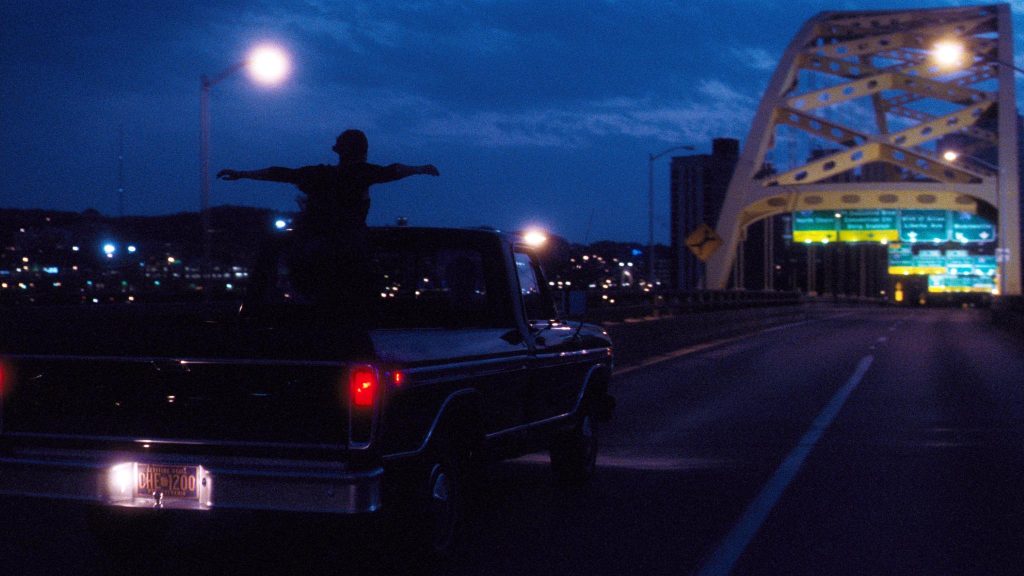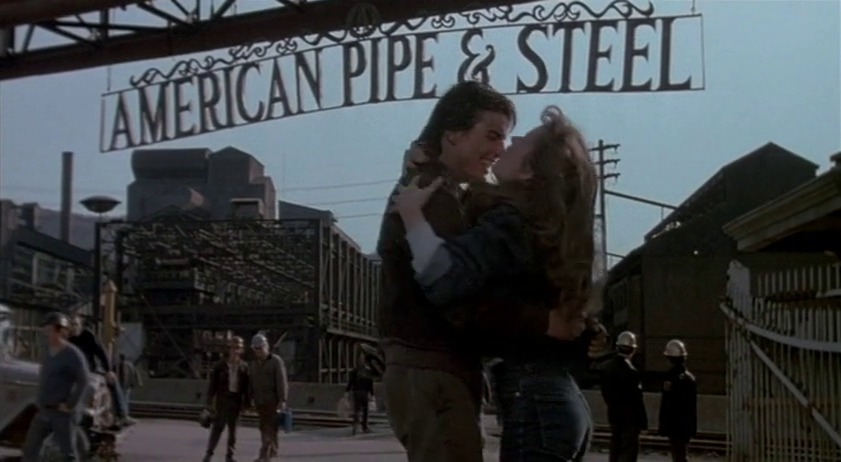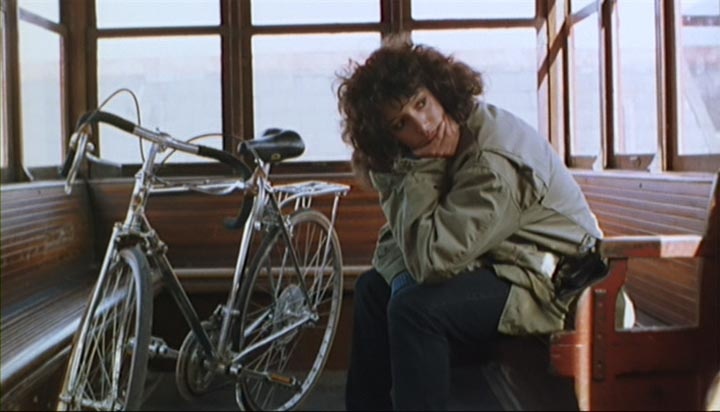Blog
New book!

For the last few years, I’ve been working on a new book. It’s called Tinsel and Rust: How Hollywood Manufactures the Rust Belt. At its core, it is a book about two things I love dearly: the movies and the Rust Belt. In writing it, I’ve come to understand just how inextricably the two are linked. During the 1970s and 1980s, Hollywood helped to articulate and popularize the concept of the declining “industrial heartland” through films like The Deer Hunter (1978), Blue Collar (1978), and All the Right Moves (1983), among many others. More recently, Rust Belt cities have attempted to rehabilitate their public images via courting film production in efforts to produce new “post-industrial” narratives while also generating economic activity–Cleveland played host to The Avengers, Pittsburgh became Gotham in Batman, and Detroit saw a mini-boom in horror films like It Follows, Get Out, and Don’t Breathe.
Since the 2016 elections, Americans have taken particular interest in understanding the Rust Belt. National publications have dispatched reporters en masse to diners across the heartland, political campaigns have invested major resources in researching Rust Belt voters, and (inexplicably) J.D. Vance has become something of a public intellectual. And yet, while the postindustrial communities of Michigan, Wisconsin, Ohio, and Pennsylvania remain something of an enigma, they have seemingly only grown in political, cultural, and social significance. This book directly speaks to public fascination with the Rust Belt, and de-mystifies the origins of the imagery and narratives that we associate with these places.

While I didn’t begin working on this project in earnest until 2016, in some ways I’ve been preparing to write this book for my entire life. I grew up in the deindustrialized Western Pennsylvania town of Ambridge (which inspired the name “Ampipe” in All the Right Moves), and did my graduate studies in Pittsburgh and Syracuse, towns that have spent decades struggling to pursue “renewal” in the ruins of industrial disinvestment. Meanwhile, my career as a scholar has been dedicated to the study of Hollywood film and popular culture in the final decades of the twentieth century, and I have special expertise in the history, culture, and politics of the 1980s. Both as an individual and a scholar, in other words, I’m deeply invested in thinking through the impact of the idea of the Rust Belt on contemporary America.
SCMS ’18 CFP: Postindustrial Cities in Popular Media
At a 1984 campaign stop, Walter Mondale claimed that the policies of Ronald Reagan were “turning our great industrial Midwest and the industrial base of this country into a rust bowl.” Mondale’s campaign failed, but his sense that the economic devastation surrounding the Great Lakes would be a source of massive political power has proven to be prescient.
Over the last 40 years, the “Rust Belt” has gained considerable cultural and political power in the United States. Not merely a descriptor for a geographical region, the “Rust Belt” became, and remains, a potent symbol of American decline and, perhaps, American renewal. Much of the social construction of the idea of the Rust Belt—both then and now–has occurred in popular media. Following the work of historians of the Rust Belt like Steven High, as well as geographers like Wilbur Zelinsky, Roger Downs and David Stea, this panel aims to investigate the emergence, evolution, and influence of the cultural concept of “the Rust Belt” through film, television, graphic novels, pop music, and other mediated forms.
Potential submissions may address issues including, but not limited to, the following:
· Representations of post-industrial regions outside the United States (The Ruhr Valley, The Golden Horseshoe, etc)
· Considerations of the ethics of “ruin porn” in documentary and photographic approaches to the Rust Belt
· Contemporary attempts by Rust Belt film offices to court film productions to generate economic activity and positive images of their cities
· The discourse of “authenticity” in popular music from the Rust Belt
· Media produced by and for labor unions
· Rust Belt cities as “stand ins” for other cities, real (New York) and fictional (Gotham)
· Post-apocalyptic and/or horror narratives set in the Rust Belt
· Stars and/or auteurs associated with Rust Belt cities (Bill Murray, Harvey Pekar, Jim Jarmusch, LeBron James, August Wilson)
· The importance of sports media to diasporic Rust Belt populations
· The impact of deindustrialization on relations of sexuality and gender in Rust Belt texts
· Media lionizing the “Rust Belt Recovery” and issues of gentrification in urban renewal
· Representations of specific cities (Buffalo, Chicago, Cleveland, etc) or industries (mining, steel, rubber, auto manufacturing) in popular media
If interested, please send an abstract (~350 words), a brief biography (~200 words) and a tentative bibliography (3-5 sources) to Michael D. Dwyer at dwyerm@arcadia.edu by August 7, 2017. Decisions by August 14.

